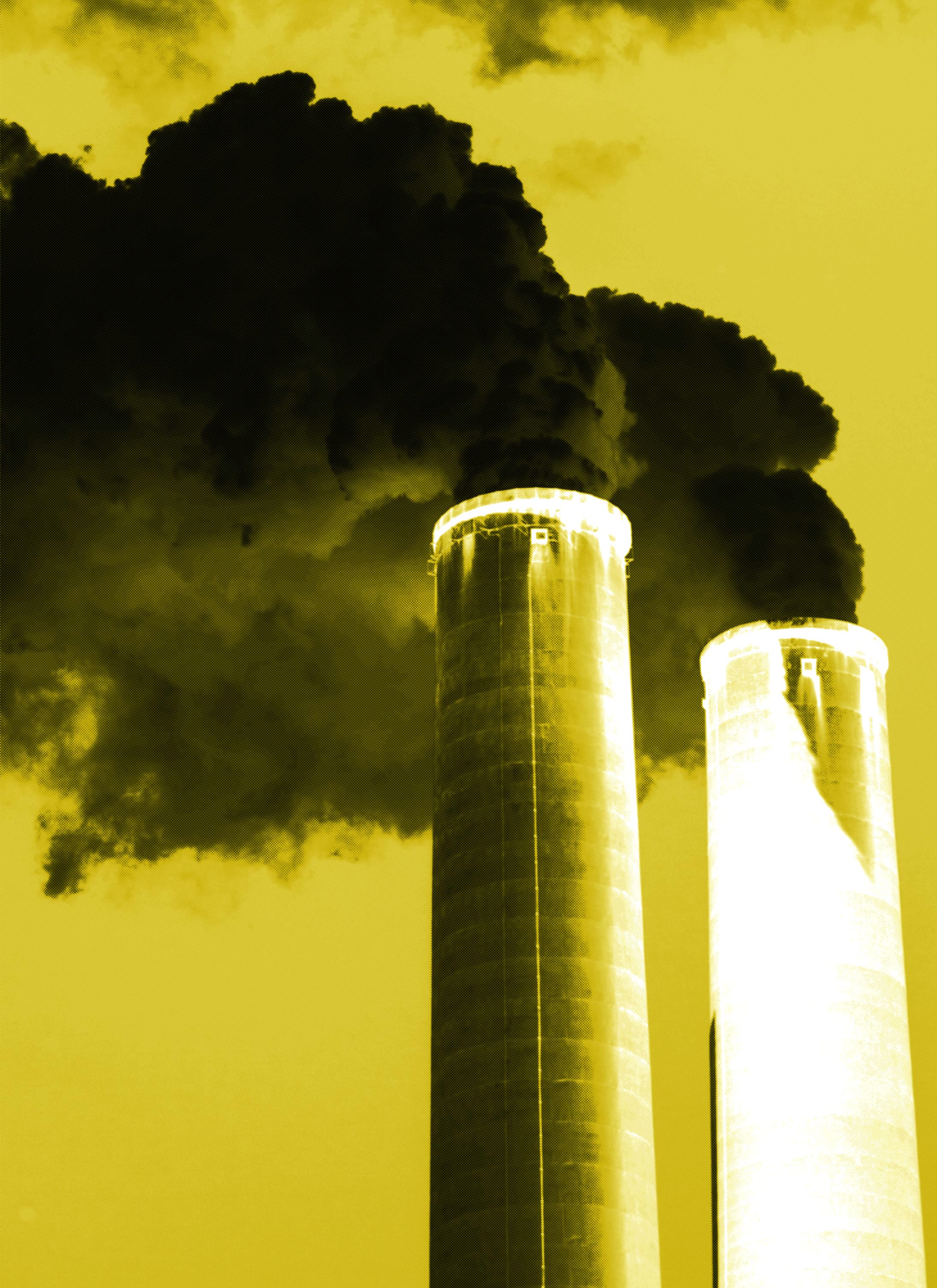
3 minute read
Waste and Pollution in the Fashion Industry
Waste and Pollution within the Fashion Industry Denim’s dirty little secret
Blue jeans are a fashion staple for everyone, at any age, all over the world. However, denim, and many of our favorite garments, are polluting rivers in locations where they are being made, impacting the lives of people who count on those waterways for their survival. Big box retailers and fashion labels are committing “hydrocide”, or the deliberate destruction of water sources by dumping into them toxic waste from fabric dyes. Mercury, lead, cadmium, and other chemicals and carcinogens are flushed out into lakes and rivers needed for drinking, agriculture, sacred ceremonies, and much more. Scientists have been able to concretely link these toxins found in water samples to fabric dyes and tanneries, and the next step now is linking them to the specific companies producing and disposing of them in secret.
Advertisement


The cruel joke now is that one can predict the main color story of the next season’s fashion trends just by taking a gander at the opaque rivers near factories in China, Bangladesh, Zimbabwe, and Indonesia. Due to such intense pollution, the most populous fashion manufacturing areas are now some of the most inhabitable cities in the world.
Nothing can survive in these rivers. The civilians, who are often the ones working in clothing factories for miniscule wages, have no other choice but bathe and cook with this water, and therefore are subject to immense harm. This is all happening while the companies hide behind their brick walls, iron gates, and deflecting rhetoric.
The textile industry uses and pollutes 3.2% of all water available to the human race on Earth EVERY YEAR (statistic from EconomicsofWater). The $3 trillion industry is the second most polluting industry after oil. But it doesn’t have to be. Reversal is possible, but only if we work as hard as we can right now. The River Thames in London, for example, was able to get back on track from severe pollution and regenerate through strict regulation. The former “jean giants” in Spain, Italy, and the US - that once dominated the denim market using harmful production methods - are now the innovators committed to developing sustainable ways to dye and distress their jeans. They have advanced techniques that use lasers, man-made ozone, recycled shellfish exoskeletons, and water filtration, so that the production of jeans can no longer have the lowest rate of water recycling in all of fashion manufacturing. The cost of fabric made in these new ways is only pennies more than traditional wasteful methods. If adopted by larger brands, money, water, energy, and people would be saved.


We may gravitate towards fast fashion and high street brands because the prices make our college-age hearts sing, and the rate at which new designs come out delights us. However, we are often blind to the environmental and human consequences that result from this, as the harm being done is thousands of miles away. It is imperative that we continue to examine the powerhouses of the world, analyze their effect on the environment and humanity, and find more solutions that inspire hope for a sustainable future in fashion.

How can consumers make a difference? Vote with your dollar. By simply choosing to buy a responsible, ethically made product versus conventional, you make an impact. It is also a brand’s job to educate consumers. If they are not upfront with their manufacturing practices, implore your favorite brands to do so. You have the right to know where and in what ways the clothes you put on your body are made. We need transparency and traceability from everyone involved.
If you would like to learn more about how Fashion can reverse its harm and save the planet, I encourage you to watch the 2017 documentary film RiverBlue, led by conservationist Mark Angelo, directed by Roger Williams and David McIlvride. Author: Olivia Vizza Layout: Natalie Conte










